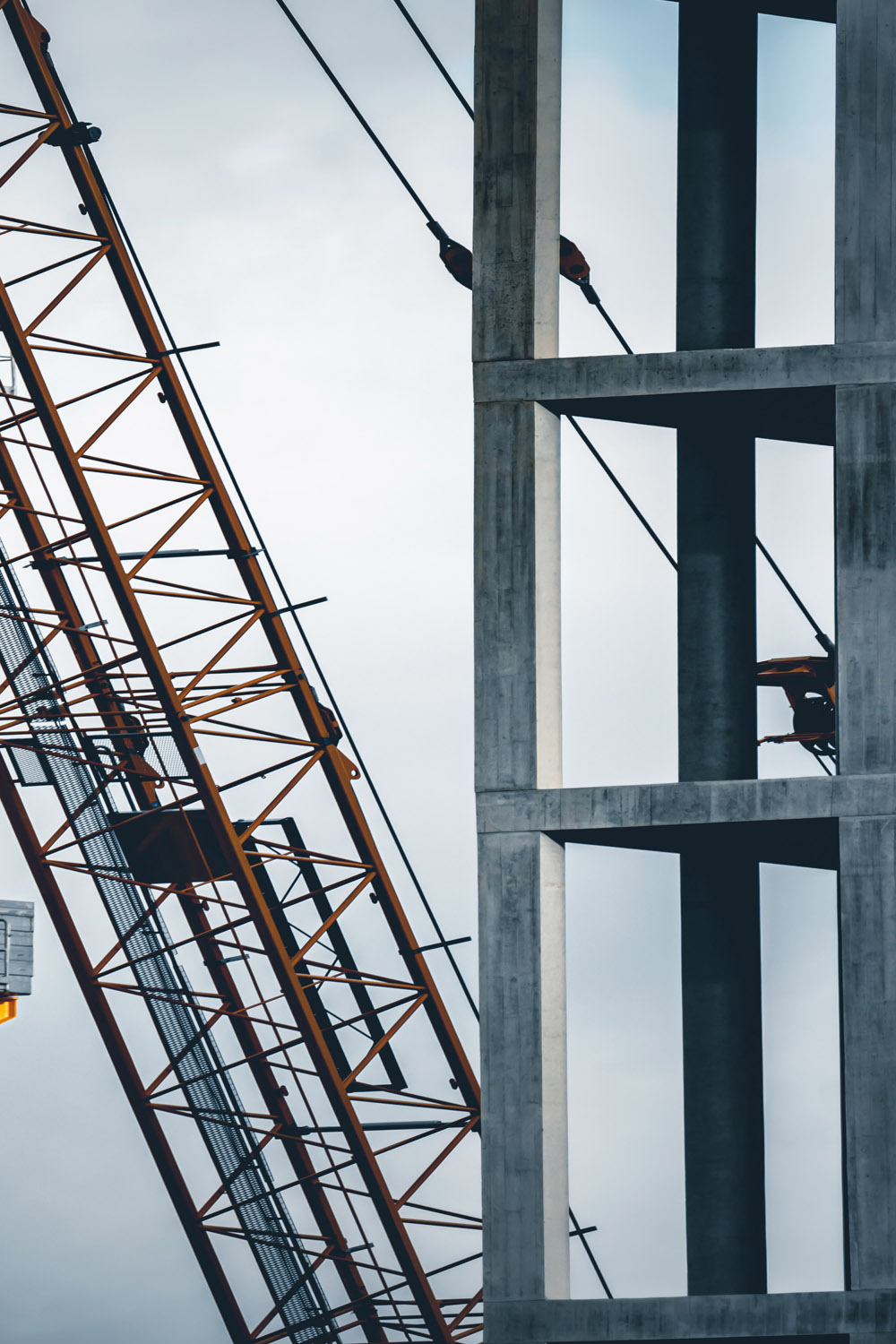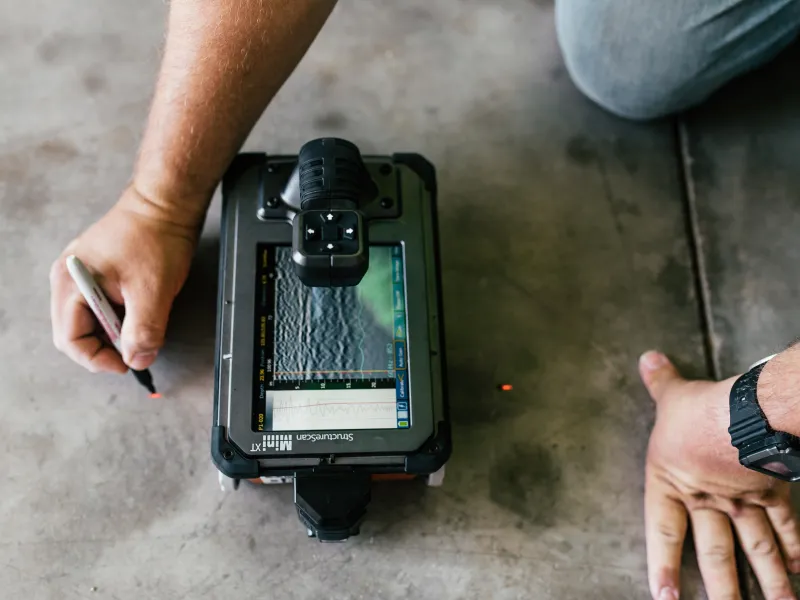Reliable Concrete Scanning Approaches for Construction Projects
Reliable Concrete Scanning Approaches for Construction Projects
Blog Article
Introduce the Transformative Power of Concrete Scanning in Maximizing Efficiency and Safety
Concrete scanning has actually emerged as a critical device in the building and construction industry, supplying exceptional advantages in boosting job performance and ensuring security criteria. By using innovative technology, concrete scanning allows experts to see beyond the surface area, revealing surprise complexities that can impact the structural stability of a building. The transformative power of concrete scanning exists in its capacity to supply real-time data and thorough insights, reinventing how tasks are planned and executed. As we explore the intricacies of this innovative technique, a globe of opportunities opens, showcasing a brand-new age of building and construction practices that prioritize accuracy and security.
Value of Concrete Scanning
Guaranteeing the structural honesty and security of construction projects begins with the vital step of carrying out detailed concrete scanning. Concrete scanning is a non-destructive approach utilized to detect and map subsurface aspects within concrete structures.
In addition, concrete scanning assists in optimizing task timelines and budget plan by avoiding unforeseen costs and hold-ups that may arise due to unforeseen blockages within the concrete. Eventually, investing in thorough concrete scanning is an aggressive strategy that boosts both effectiveness and safety in building tasks.
How Concrete Scanning Works
Concrete scanning runs as a vital tool in building and construction tasks by using advanced innovations to identify and map subsurface elements without creating structural damage. Ground Penetrating Radar (GPR) and Electromagnetic Induction (EMI) are 2 primary techniques made use of in concrete scanning.
During the scanning process, the information gathered is assessed in real-time, permitting prompt recognition of prospective threats or challenges underneath the surface. This information help in decision-making, ensuring that construction activities continue securely and efficiently. Furthermore, 3D imaging software program can be made use of to produce topographic maps of the subsurface elements, further boosting project preparation and implementation. By using these sophisticated technologies, concrete scanning substantially decreases the risk of pricey problems and injuries on building and construction sites.
Benefits of Concrete Scanning
One of the key benefits of concrete scanning is the capability to discover and find embedded things such as rebar, post-tension cords, and channels accurately. Concrete scanning aids in preparation and making extra efficiently, as it offers precise info regarding the location and deepness of architectural components.

Case Research Studies: Concrete Scanning Success

In an additional situation, a construction firm used 3D concrete scanning to examine the problem old concrete structures in a historical building. The comprehensive scans offered beneficial insights into the level of deterioration and helped prioritize maintenance initiatives efficiently. By proactively dealing with locations of problem recognized with scanning, the company had the ability to extend the life expectancy of the framework and guarantee resident safety and security.
These instance studies underscore the transformative power of concrete scanning in boosting performance, precision, and security in building and construction jobs.
Carrying Out Concrete Scanning in Projects
Executing advanced scanning innovations during construction tasks has actually become significantly crucial for boosting accuracy and security. By incorporating concrete scanning into job preparation and implementation, building groups can determine potential dangers, such as rebar or post-tension cable televisions, hidden within concrete frameworks. This proactive strategy minimizes the risk of mishaps, delays, and costly rework, ultimately leading to a lot more reliable task timelines and budgets.
To apply concrete scanning properly, job supervisors need to team up very closely with experienced scanning experts to establish one of the most suitable scanning techniques for the certain task needs. Engaging scanning More about the author professionals from the beginning of a job enables the team to develop extensive scanning plans that resolve vital areas of issue and guarantee extensive data collection.
Additionally, including concrete scanning into normal project process can streamline decision-making processes, as real-time scan information supplies prompt insights into the problem of concrete structures - Concrete Scanning. This data-driven technique promotes notified find here analytical and makes it possible for teams to make modifications immediately, promoting a society of effectiveness and safety and security throughout the job lifecycle

Conclusion
Finally, concrete scanning plays a vital duty in boosting effectiveness and security in building tasks. By utilizing advanced modern technology to map and spot out underlying structures within concrete, this process helps to protect against pricey mistakes, make certain structural stability, and reduce risks on website. With the ability to discover surprise aspects and provide accurate information, concrete scanning confirms to be an important tool for optimizing project results and making the most of total success.
Concrete scanning is a non-destructive technique made use of to find and map subsurface components within concrete structures. Furthermore, concrete scanning aids in enhancing job timelines and spending plan by staying clear of unexpected prices and delays that may occur due to unexpected obstructions within the concrete. One noteworthy instance study involves a large improvement job where concrete scanning played a crucial role in making sure task success.In an additional instance, a building and construction firm made use of 3D concrete scanning to analyze the problem of aging concrete frameworks in a historical structure. By integrating concrete scanning into project preparation and implementation, building and construction groups can identify prospective dangers, such as rebar or post-tension cable televisions, concealed within concrete structures.
Report this page